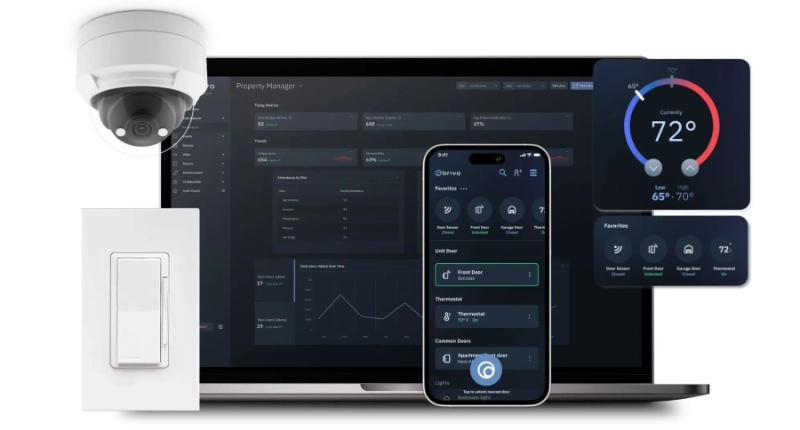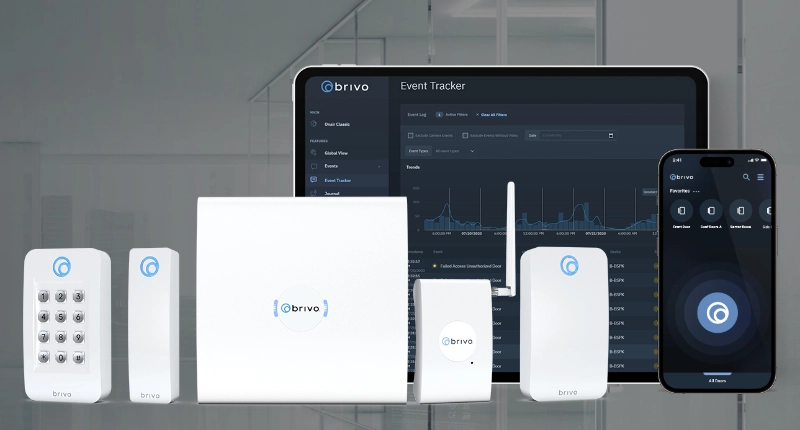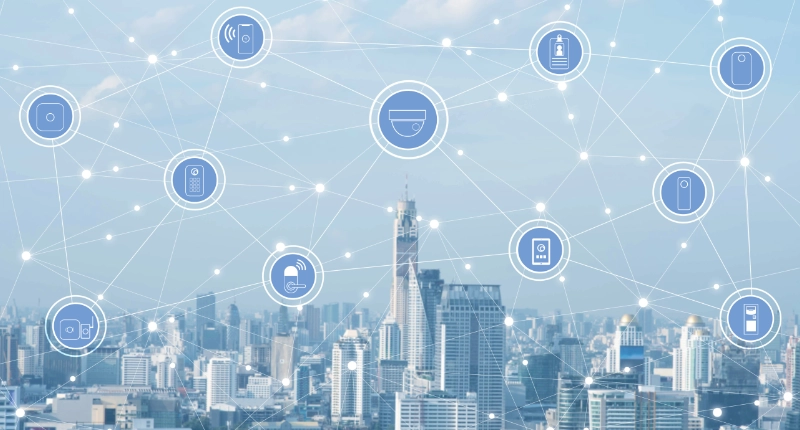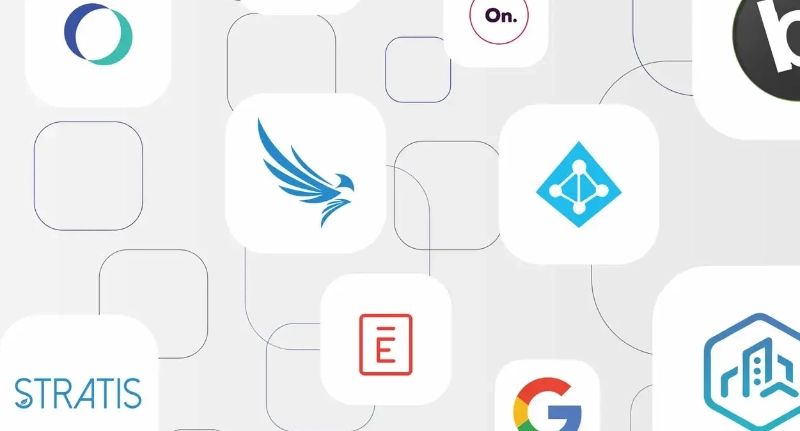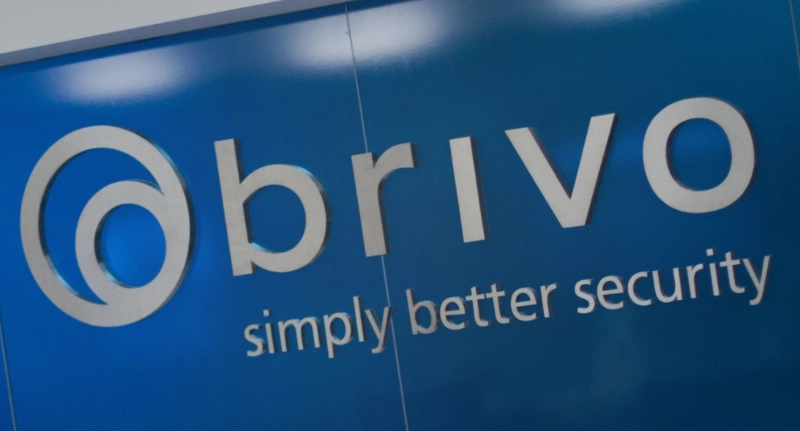So far we’ve been talking rather theoretically about Physical Security as a Service (PSaaS), and how various market forces are changing the security industry. Today, we’re going to get real and talk about two specific applications of Software as a Service in the physical security industry:
- access control as a service
- video recording as a service (surveillance)
Like all PSaaS applications, access control software uses a combination of customer-premise embedded hardware modules plus cloud-based applications and data storage. The on-premise equipment will look familiar to anyone who has been in the security industry for a while: access control panels or edge devices, card and biometric readers, switches, sensors, electric door strikes, and the like. In this context, all of these pieces basically act as a way to interface the physical world to the networked world. The big difference between this and the old way of doing things is that you no longer need the PC or server on site-nor any of the expense or hassles of maintaining your own applications. All of that is handled in the cloud, at redundant data centers operated by the SaaS provider, as shown in the diagram below:
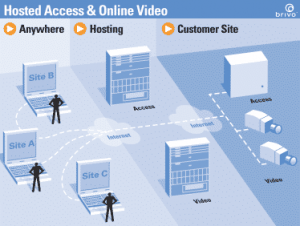
This is especially handy if you have hundreds or thousands of sites that need to be under a single security umbrella. The service provider has already handled all of the networking and availability considerations within the architecture itself, and you can focus on policies and exception management. Accessing the applications to manage your properties is handled by-what else?-a browser, from any Internet connection available to you.
This is also true for our second example, Video as a Service, a rapidly emerging segment of the physical security and surveillance market that has seen a number of new entrants in the past year. As you can see below, the architecture for a cloud-based video service looks a lot like that of a cloud-based access control system. There’s on-premise equipment-cameras in this case-that connect your physical facilities back to the digital world by way of centralized disk storage and video management applications. Again, all of that storage and all of the applications you need to run your surveillance system are managed by your PSaaS provider.
Just like the access control software example, you can view the video application from any browser, as long as you have the right permissions. Remote management and the ability to share video of security incidents immediately through digital media obviously offers huge conveniences for facilities managers.
In the best of all worlds, the video and access control software are combined into a single application so that neither is a “stovepipe” of information. After all, an information stovepipe is still a stovepipe, even if it’s on the Internet.



